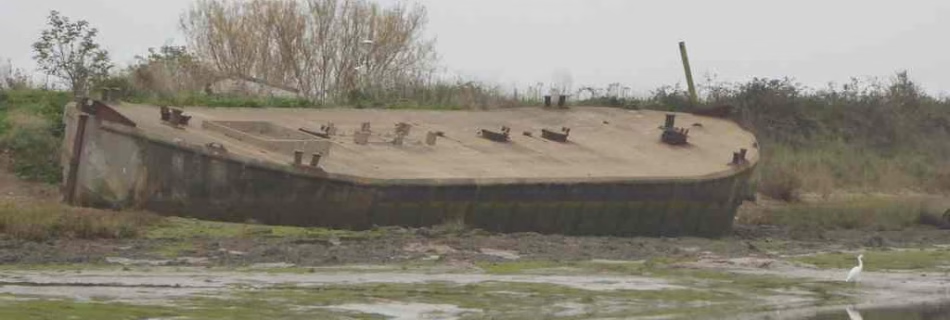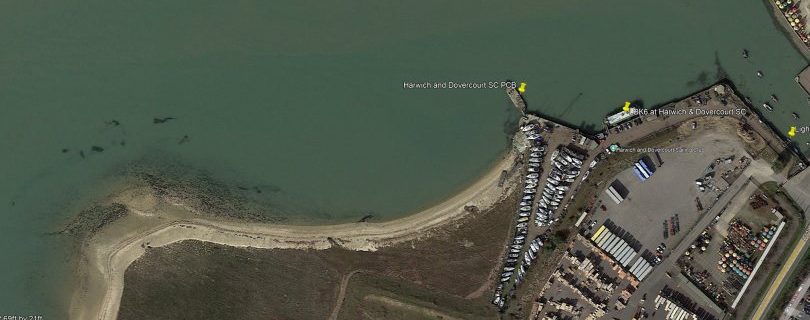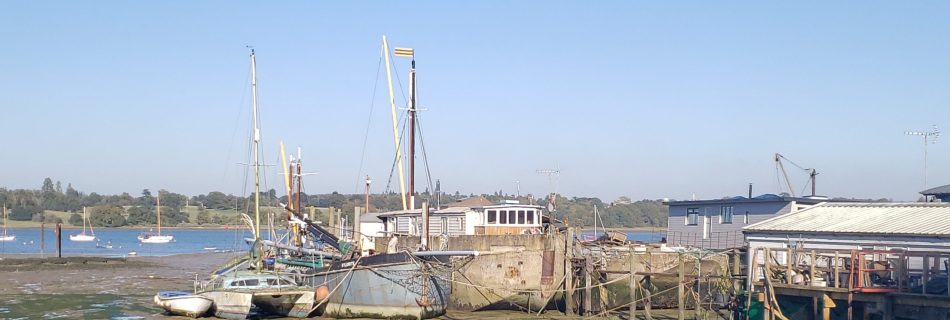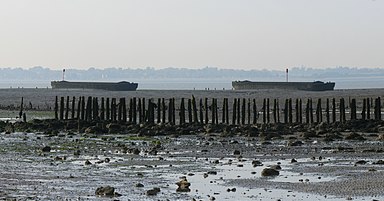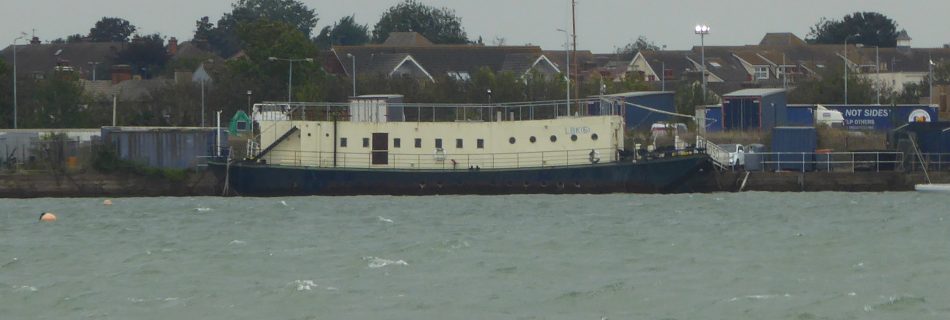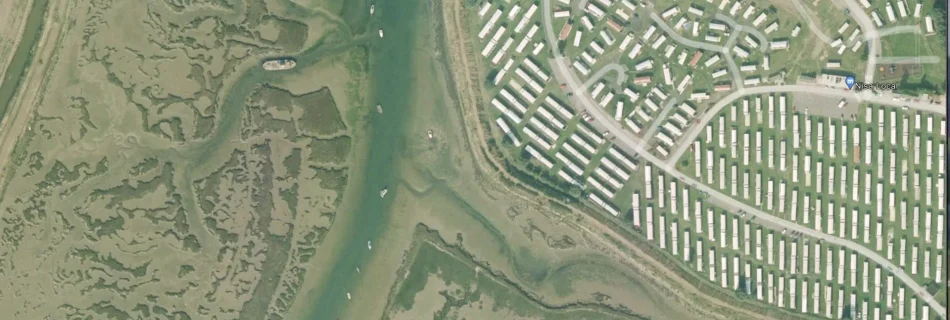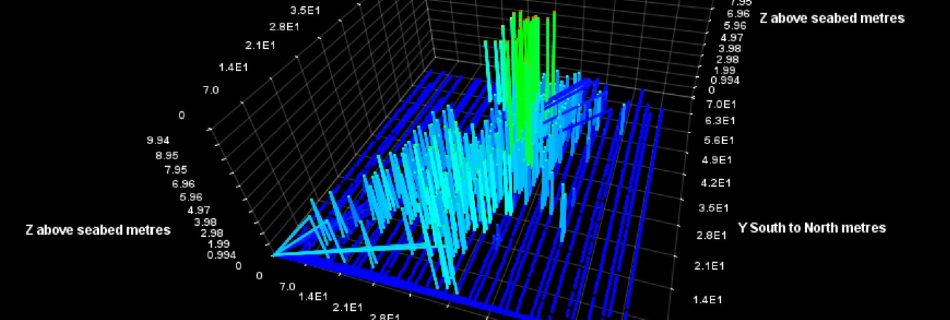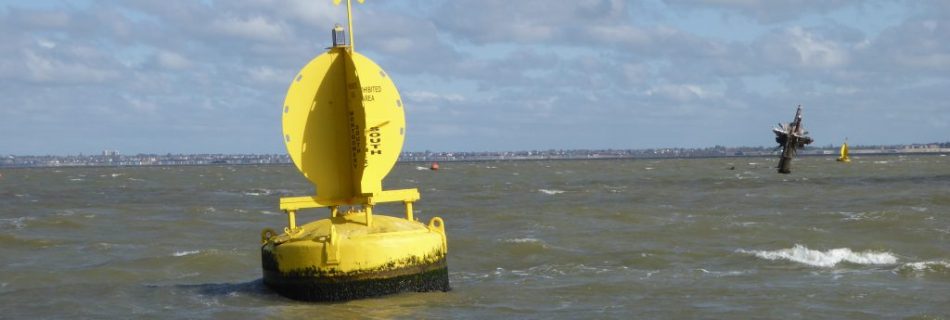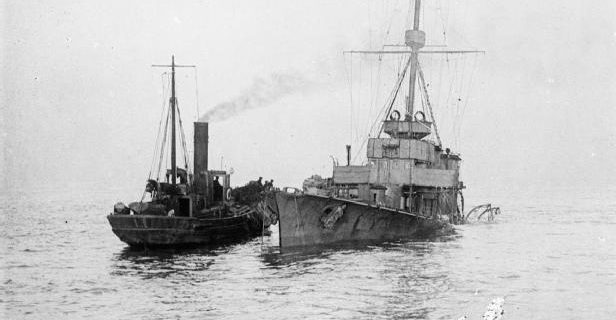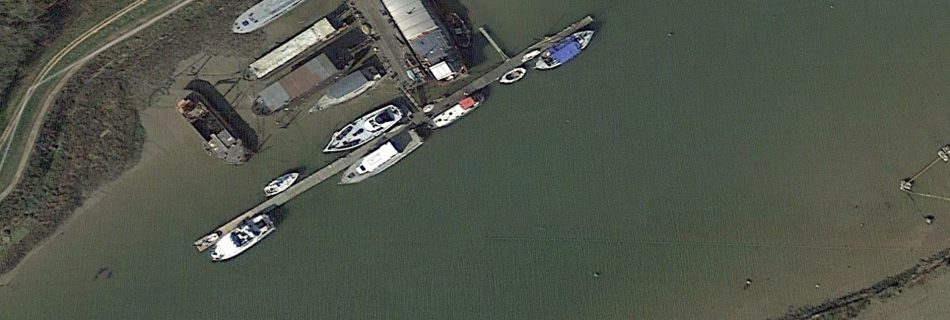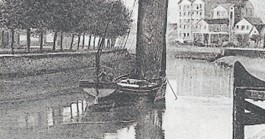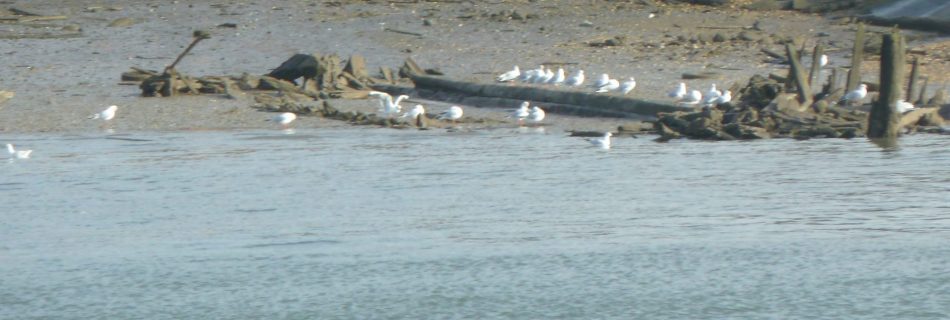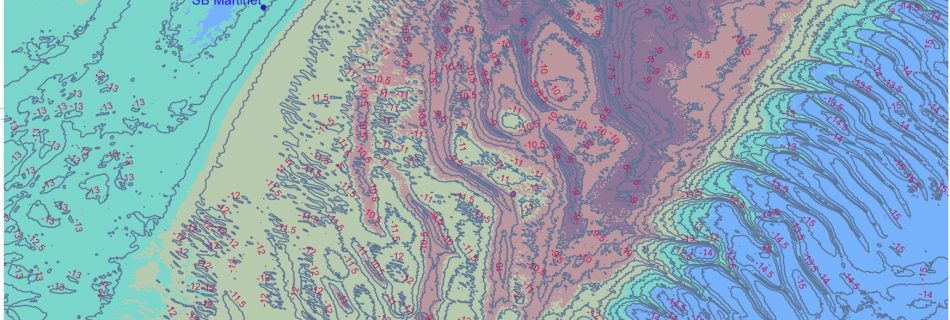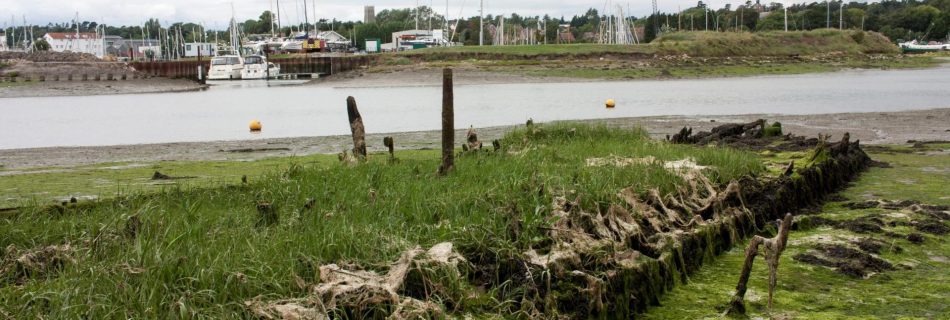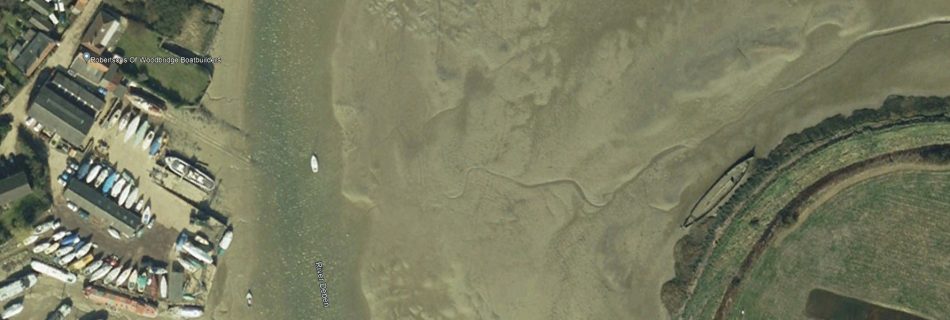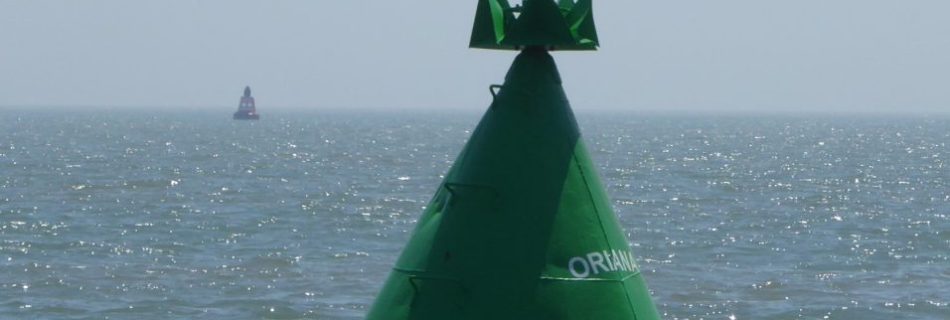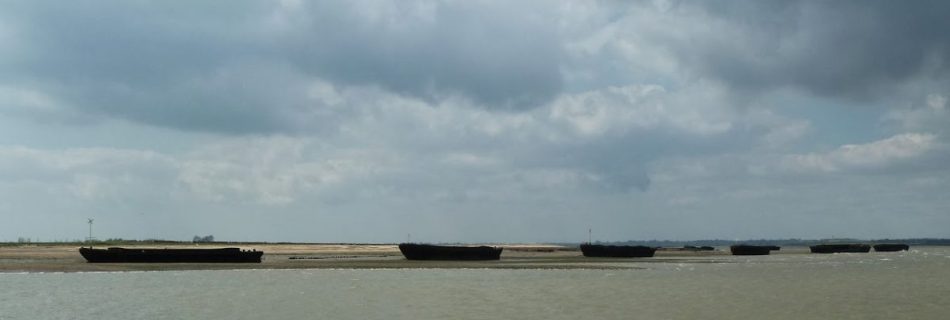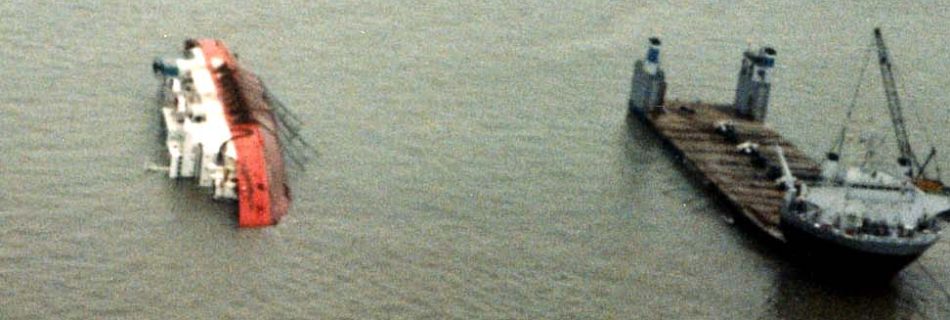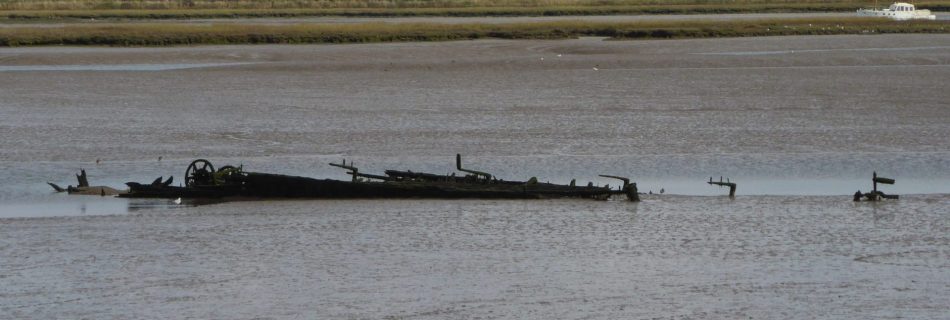Ferro Concrete Barges (FCBs) Introduction
The first vessels of this type investigated turned out to be metal lighters: I’d been passing them for years assuming them to be concrete. It was through contacting Richard Lewis, who writes on the subject and has www.thecretefleet.com website, that the subject became clearer. Working from Northern Ireland he has identified perhaps all of the …
Ferro Concrete Barges on the Stour
There are Ferro Concrete Bargesthe Stour at Harwich,, Mistley and in Ewarton Bay.
Ferro Concrete Barges on the Orwell
There are at least two Ferro Concrete Barges at Pin Mill on the Orwell. One is a stem head, used as a houseboat, and one an open swim head. Another is buried under Ipswich Grain Dock.
Metal Lighter Hulk on the Stour
A hulk (69’x20′ ) sits on the mud in Bathside Bay (drying height 3.8m CD) and has been there since at least 2000. This looks very much like an old steel Thames lighter.
Barges, Lighters and FCBs
Barges, lighters and Ferro Concrte Barges (FCBs) can be confused one with another.
LBK6 – Landing Barge Kitchen at Harwich
The fighting men who landed on D-Day needed to be fed so ten Landing Barge Kitchen (LBK) were built for the task. These were adapted from steel Thames Lighters by fitting two petrol engines and building the kitchen on the lighter. Crossing from Langstone Harbour to Sword Beach on D-Day, with the 35th LB Flotilla, …
Saling Barges Lost in World War Two
Ferro Concrete Barges in Walton Backwaters
Five Ferro Concrete Barges, FCBs, in Walton Backwaters at Foundry Reach and Tichmarsh Marina. From WW2.
Breakwater Lighters at Sales Point Bradwell
Sales Point at Bradwell in the Blackwater is protected by Ferro Concrete Barges or FCBs.
Sheerness Minesweepers – HMS Wildfire
This site has a wealth of information about the HMS Wildfire shore base at Sheerness in World War Two. There is a ship and wreck database as well as an excellent article on the defensive barrier.
Sunk Head Tower – what remains?
Commissioning 1942 H.M. Fort Sunk Head (U2) was the second Maunsell Navy Tower to be installed during World War Two in the Thames Estuary for Air Defence. After her commissioning at Tilbury, she was towed out on June 1st 1942: unlike The Maiden Voyage of Roughs Tower, the trip to the site was quick and …
SS Richard Montgomery
SS Richard Montgomery on youtube. Beware the shallow water to the east at LW. There is a plan to remove the masts. See SS Richard Montgomery – Wikipedia – a United States ship named after an Irish soldier in the Revolutionary War and sunk whilst departing for the Normandy invasion beaches with ammuntion.
H.M.S Arethusa
Arethusa was a Royal Navy Light Cruiser stationed at Harwich under Admiral Tyrwhitt during the Great War. She served as his flagship at the Battle of Heligoland Bight (1914). On the 11th of February 1916, she struck a German mine: whilst being towed back to the port, Arethusa sank near the Cutler sandbank off Woodbridge …
SB Mystery or K.C. at Melton
The position of Mystery is wrong in the SB Compendium, being near Easton, but the description as a walkway fits. Perhaps this was the K.C., both remain to be resolved.
SB Elsie Bertha
Naming Frank Mason ordered Elsie Bertha in 1878 from Miltons, a Kent builder. This was Masons’ third vessel and was named for his daughter who had died aged five months. Skatty Her final skipper, Arthur Catchpole, was a smartly dressed man and was known as Skatty., he would have nothing to do with the orthodox seaman’s blue …
SB Excelsior
Masons bought Excelsior second-hand in 1888 as their fourth vessel. Along with the remainder of the fleet she was sold to Cranfields in 1912 eventually being used for training as she was, by then, their smallest barge.
SS Prinses Juliana
The cross-Channel steamer Prinses Juliana (1909) was wrecked off Felixstowe. On 1 February 1916, she struck a mine from UC-5 while on a voyage with passengers from Vlissingen (Flushing) to Tilbury and was grounded. Ultimately the ship became a total wreck. There is confusion in online sources between Juliana and …
SB Martinet in Hollesley Bay
Bob Roberts, in Coasting Bargemaster, tells a compelling tale of how his ship, the ‘boomie’ barge Martinet, was wrecked in World War Two. He wrote that the ship wanted to kill its crew, and he had been in trouble before, having …
SB Dover Castle
Built in 1872, Dover Castle was operated on the Deben by Robert Skinner from 1923, this was the twilight period of barge traffic on the Deben: she was in her dotage, having been bought cheaply and worked with old sails in poor condition. In 1930 she was run onto the left bank opposite the Tide …
Lady Alice Kenlis
The iron hulk on the left bank of the Deben opposite Lime Kiln Quay has an interesting story. It was thought that she was a dredger but recent research shows that she was originally ‘Lady Alice Kenlis’ a three-masted screw steamer, built in 1867 on the Clyde. The story is told here see page 10.
Oriana Wreck in the Wallet
The Oriana Buoy This Starboard Hand Mark with the legend ‘Oriana’ opposite Wallet No.4 should logically be Wallet No.1: oddly, it is un-named on charts. The buoy has been in position for some years, the photograph below shows the buoy in 2021. Note the elaborate topmark, it is clearly a vintage piece. Oriana and Medusa …
HMS Beagle
Breakwater Lighters in Walton Backwaters
A group of twenty dumb barges or lighters has protected the northeast of Horsey Island, by the entrance to Walton Channel, since 1988. They constitute a one kilometre sea defence guarding the island against northeasterly waves to which Hamford Water is exposed, this is the …
SB Westall at Melton
According to a FaceBook post That’s the remains of the Sailing Barge Westhall of Rochester Off. No. 127259 built by the London and Rochester Barge Co. for their own use in 1913. Converted into a motor barge in 1948 and finished trading in 1965. Laying for some years as a houseboat at Gillingham, Kent. Westhall …
European Gateway
Capsized on the sand near Cork Spit, this is on the south side of the channel opposite Wadgate Ledge. See RNLI report
SB Three Sisters at Kirton Creek
There is little activity at Kirton Creek nowadays. However, it was once the mouth of the Mill River and, after enclosure, boasted a Brick Works. This was dependent upon barge transport which seemed quite challenging given the nature of the channel. A relic of that era is the hulk of a Thames Sailing Barge which is slowly being claimed by the mud.
